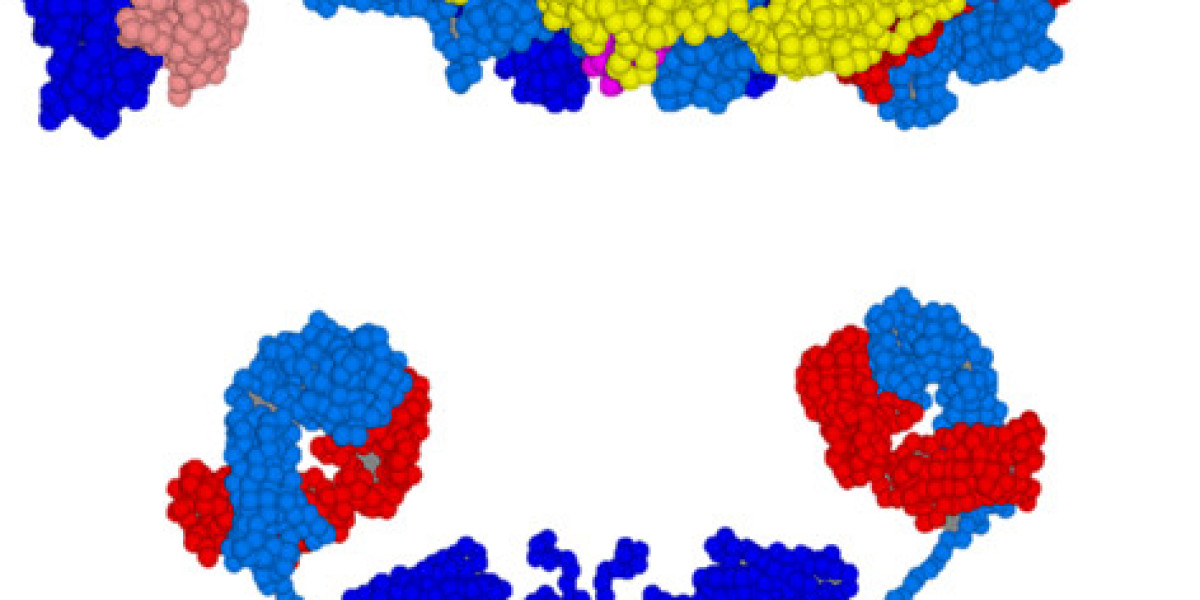Tauopathies, a group of diseases characterized by pathological changes in tau proteins, including Alzheimer's disease (AD), share a common hallmark: intracellular neurofibrillary tangles (NFTs) composed of hyperphosphorylated aggregates of tau protein.
A recent groundbreaking study, featured in the journal Science and conducted by researchers at the University of Pennsylvania, has identified a triple motif protein, TRIM11, which plays a crucial role in safeguarding soluble tau monomers from misfolding and irregular aggregation through diverse mechanisms. Notably, patients with AD exhibit markedly reduced levels of TRIM11 in the brain.
The application of TRIM11-targeted therapy demonstrated remarkable effectiveness in counteracting tau pathology and neuroinflammation. It also yielded improvements in cognitive and motor performance across three distinct mouse models, including the widely used AD model mouse 3xTg-AD. These findings indicate that TRIM11 holds significant promise as a potent target for the treatment of tauopathies.
The preservation of proteins' normal structure and physiological function is governed by a built-in protein quality control system (PQC) found in organisms. This system includes degradation pathways that recycle faulty proteins, molecular chaperones that prevent protein misfolding and aggregation, and depolymerization enzymes that break down pre-existing protein deposits.
Triple motif proteins (TRIMs) constitute a class of proteins distinguished by their cyclic structural domain, B-box motif, and coiled helix structure. Found exclusively in multicellular organisms, more than 70 TRIM proteins have been identified. Some studies suggest that TRIM proteins play a role in PQC mechanisms.
The researchers focused on TRIM in an attempt to find the key to regulating tau proteins in it.
Their analytical approach involved two core strategies. Firstly, they systematically evaluated nearly all known human TRIM proteins to determine their capacity to eliminate tau aggregates from cultured cells. Secondly, they compared TRIM proteins in brain tissue samples from AD patients with varying levels to those from normal control subjects.
The specific tau protein under study was tau P301L, a mutant tau protein found in familial tauopathies. Out of the 75 TRIM proteins analyzed, TRIM10, TRIM11, and TRIM55 exhibited exceptional outcomes, effectively degrading almost all tau P301L aggregates.
Knocking down TRIM10, TRIM11, or TRIM55 using CRISPR technology resulted in an 80–130% increase in tau protein aggregation levels, despite unchanged expression levels.
Among the investigated TRIM proteins, TRIM11 demonstrated the most substantial impact, whether through knockdown or overexpression experiments.
Further research encompassed a comparison of mRNA and protein levels of TRIM10, TRIM11, and TRIM55 in brain tissue samples from 23 sporadic AD patients and 14 age-sex matched control brain tissue samples without known neurodegenerative diseases. Strikingly, while mRNA levels of all three remained similar across both groups, TRIM11 protein levels were notably reduced in the brains of AD patients, witnessing a decline of around 55%. Concurrently, immunofluorescence analysis confirmed a decrease in neuron count. Since transcriptional levels of TRIM11 remained unchanged, this points to a post-transcriptional regulatory mechanism.
Further exploration unveiled three mechanisms through which TRIM11 orchestrates the regulation of tau levels.
Firstly, TRIM11 can bind to tau proteins, particularly mutant or hyperphosphorylated tau, and facilitate their ubiquitination, culminating in proteasome-mediated degradation.
Secondly, TRIM11 functions as a molecular chaperone for tau proteins, preventing their misfolding and aggregation.
Lastly, TRIM11 itself can degrade tau proteins and dissolve existing tau protein deposits, showcasing its capability to tackle aberrant tau proteins.
The research team then conducted experiments using the following model mice.
l PS19 mice, a tauopathy model with a common tau mutant P301L, which gradually accumulates tau deposits. PS19 mice were injected with pre-formed tau protofibrils to intensify disease symptoms.
l 3xTg-AD mice, expressing tau P301L, APP, and PSEN1 mutations.
Targeted injection of TRIM11 into the hippocampus of 2.5-month-old PS19 mice via AAV9 demonstrated a significant 55% reduction in tau lesions within the brains of treated mice by the age of 10 months. Cognitive testing indicated preserved long-term memory, and the mice displayed enhanced motor skills.
Parallel results were observed in the other two mouse models.
The researchers also administered TRIM11 via cerebrospinal fluid to 3xTg-AD mice, resulting in a 35% reduction in hippocampal tau protein and a 50–70% reduction in neurofibrillary tangles. Moreover, the treated mice exhibited improved motor and cognitive performance compared to the controls.
Given that tau protein abnormalities are believed to be more pivotal than Aβ in AD progression, targeting tau protein emerges as a potent therapeutic avenue. The discovery of TRIM11's pivotal role in regulating tau proteins holds immense promise for advancing AD treatment strategies.








